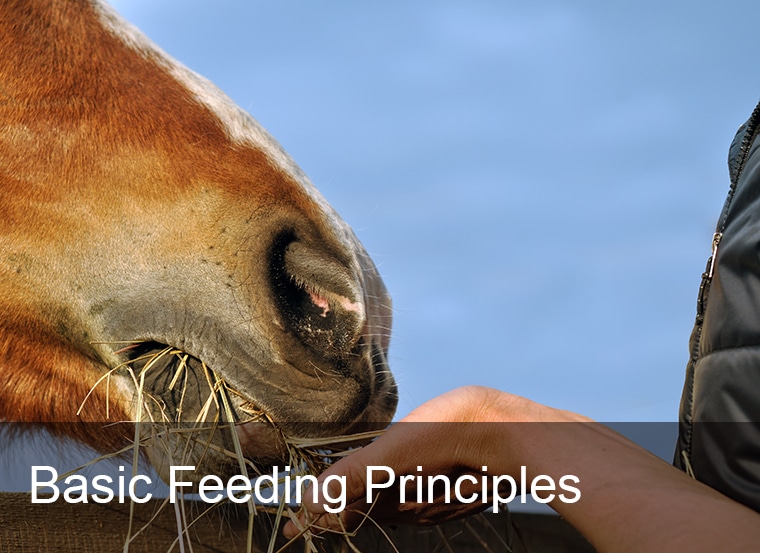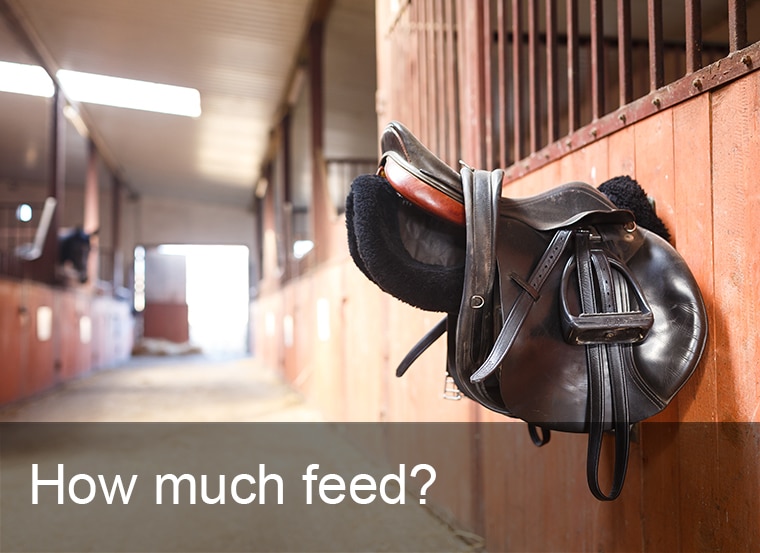The Basic Principles of Feeding your horse.
As we all know, every horse is different. Whilst the basic principles remain the same, there are numerous other factors to take into account when considering the horse’s diet. These factors include:
Exercise Regime
As we all know, the more work your horse is doing, the chances are he’ll need more feed to maintain condition, and indeed build condition and muscle if need be. Showjumpers will need more fast release energy than, say, an Endurance horse.
Breed/Type of Horse
The Breed / Type of your horse will probably greatly affect the way you feed. Two similar 15.2hh horses standing side by side may look much the same, but their nutritional needs may be totally different. For example, a 16hh Thoroughbred, may not be such a ‘good doer’ as a 15.2hh Welsh Cob, due largely to the job they were bred for, and require more feed designed to build and maintain ‘condition’ .
The ability of the Native ponies to maintain weight can however have a flip side. Native types such as these and particularly the smaller ponies can be particularly prone to Laminitis and your ‘low maintenance’ native may well turn out to be quite the opposite, needing careful management of their access to food.
The forage already available to the horse
This one’s quite self explanatory, if they are on good quality grazing they will need less extra feed than one on poor grazing.
Another important thing to consider is the level of selenium in the ground where your grazing is. A lack of selenium can cause a weakened immune system, and long term deficiency can even lead to muscular problems.
This is by no means an exhaustive list, as the factors affecting the choice of a horse’s diet are endless! It can be very easy to forget that the horse naturally evolved living and grazing on the plains. Unlike a cow which has one stomach comprising of four different compartments, each with its own part to play in the lengthy process of digestion, a horse only has one stomach which has to do the lot!
Because of the way that horses have evolved, this should give us a very good starting point when working out a Feed Regime. In an ideal world, horses would survive on good quality grass and hay in the winter. However, because of the burdens of work we put upon them, and a number of factors listed above, this simply isn’t enough – or maybe in some cases such as Laminitis, it’s far too much.
As with humans and any other animal, we have nutrients that we require that are essential to life, these being Energy, Protein, Minerals and Vitamins and Water. Energy is provided in the form of Carbohydrates, Fats and Proteins. The proportion of each of these in the horse’s feed should be carefully considered as they are each suited to a different job, ie whether you need slow or fast release protein.
Water and Hay / Haylage should always be readily available ad lib




